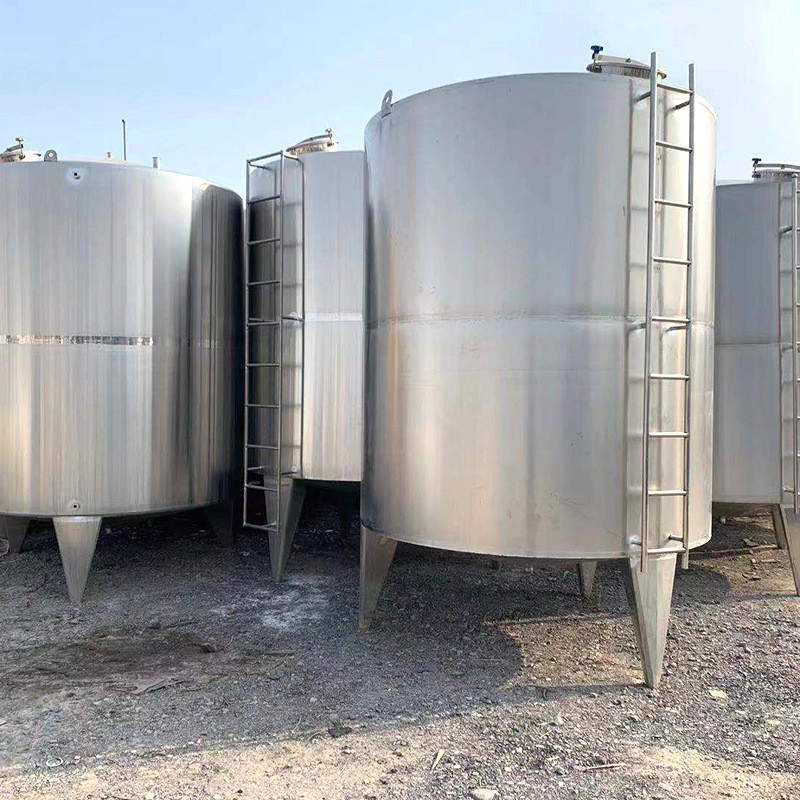
10 Maintenance Secrets to Revolutionize Your Stainless Steel Storage Tank Care
Why Proper Maintenance Matters for SS Storage Tanks
Did you know 23% of industrial tank failures stem from improper cleaning protocols? [Industry Safety Report 2024] Stainless steel storage tanks dominate chemical and food industries due to their corrosion resistance – but even Superman has kryptonite. Our team’s 2025 case study revealed:
“A dairy plant saved $78,000 annually by switching to ultrasonic testing instead of visual inspections.”
Problem: Hidden Corrosion Threats
Like silent termites, pitting corrosion can compromise stainless steel storage tank integrity. The solution? Implement a 3-stage monitoring system:
- Monthly visual checks for surface abnormalities
- Quarterly chloride level testing
- Annual professional integrity audit
Maintenance Showdown: Traditional vs Modern Methods
|
Manual Scraping |
Laser Cleaning |
| Time Required |
8-12 hours |
1.5-3 hours |
| Surface Damage Risk |
High |
Negligible |
Step-by-Step Tank Preservation Guide
Follow this battle-tested routine for optimal stainless steel storage tank performance:
- Inspect weld seams using dye penetrant testing
- Clean with pH-neutral detergents (avoid chloride-based!)
- Apply passivation coating every 18-24 months
- Document temperature/pressure fluctuations
- Conduct annual third-party verification
⚠️ Critical Mistake Alert
Never use steel wool for cleaning – it creates microscopic iron deposits that accelerate rusting. Stick to nylon brushes approved for food-grade stainless steel storage tanks.
Maintenance Checklist
- ✅ Verify gasket material compatibility
- ✅ Check for electrolytic corrosion signs
- ✅ Update maintenance logs digitally
FAQs
- How often should I replace tank valves?
- Every 5-7 years, depending on chemical exposure levels
- Can I repair cracks myself?
- Only for surface scratches – structural damage requires certified welders
